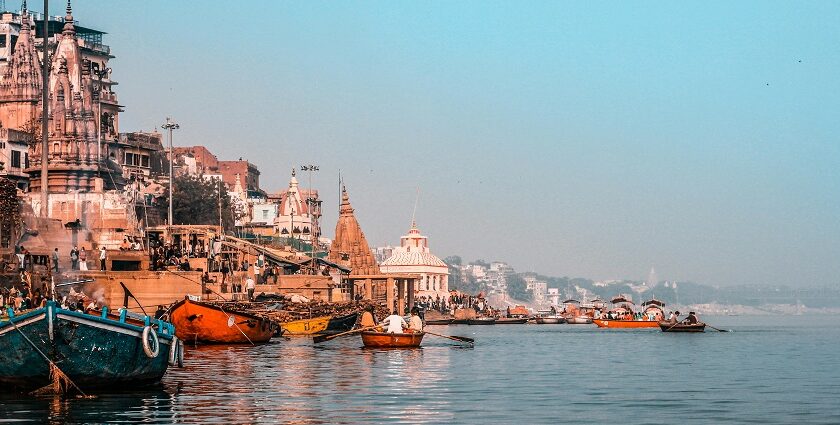What is Varanasi famous for? It is renowned for its spiritual significance and vibrant riverfront life along the Ganges. Standing at the river’s edge just after sunrise, the city feels endless, filled with the scent of incense and the soft hum of prayers. Though chaotic at first glance, with rickshaws, cows, and busy traders, Varanasi reveals a deeper rhythm of life intertwined with ancient traditions. It’s not just about temples or rituals, but the timeless spirit that keeps the city alive every day.
What Is Varanasi Famous For? 10 Remarkable Reasons That Define Its Legacy
Wondering what is Varanasi famous for? Discover its spiritual depth, ancient heritage, vibrant ghats, rituals, and timeless cultural traditions.
1. The Ghats And Their Everyday Rhythm
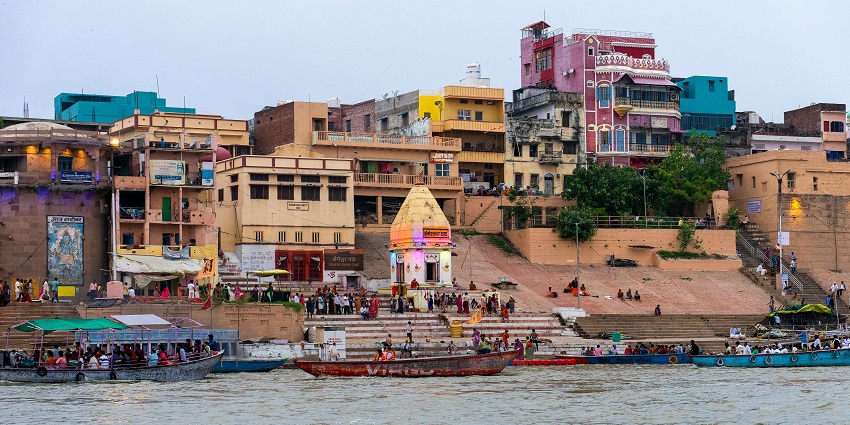
Photo: Patricia Luquet / Pexels
The ghats offer a front-row view of Varanasi’s soul. There are so many that you lose count—some bustling, others peaceful—each with its vibe. At Dashashwamedh Ghat, everything feels grand: priests chant, tourists snap photos, and boats float busily on the river. A short walk away, at Assi or Kedar Ghat, the noise quiets, and you can hear the gentle splash of oars. Sit awhile, and you’ll see how the river flows steadily, indifferent to the life unfolding on the steps above.
2. The Evening Ganga Aarti
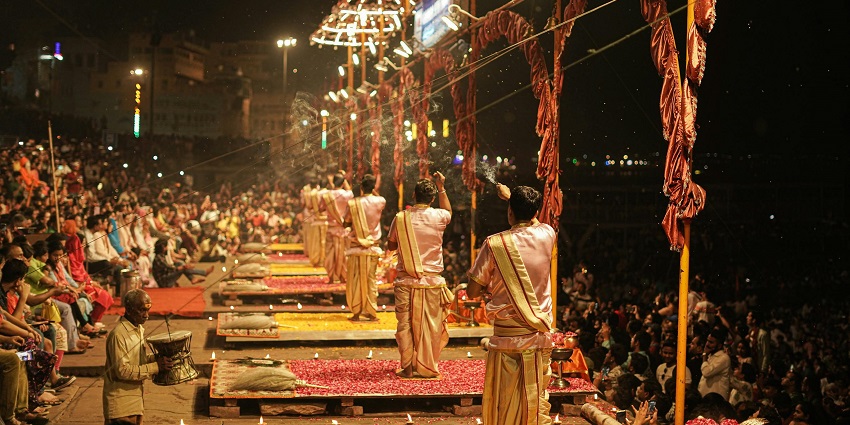
Photo: Deepak Deshwal / Pexels
As the sun sets, the Ganges transforms. At Dashashwamedh Ghat, the Ganga Aarti begins—priests in saffron robes lift brass lamps in slow circles, flames flickering in the breeze. Incense smoke spirals upward, and chants rise and fall rhythmically. Amid the crowd, moments of stillness emerge. From the water, the scene feels surreal—firelight dances on gentle ripples, and faces glow softly. Without realizing it, you find yourself silently watching, captivated as time quietly slips away.
3. The Kashi Vishwanath Temple
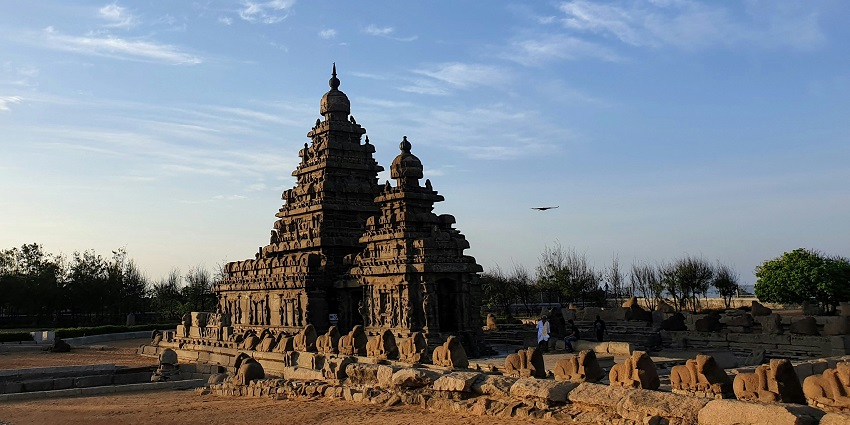
Photo: Vishnu Roshan / Unsplash / Image For Representation Only
In the heart of the old city, the Kashi Vishwanath Temple waits behind a maze of narrow lanes. Flowers hang above shop fronts. People press past each other, clutching small plates of offerings. The sound of bells mixes with voices speaking in dozens of dialects. Inside, space is tight, but the energy feels larger than the walls. Even the wait in line weighs it, strangers sharing space and purpose. By the time you step inside, the noise outside feels far away.
4. Boat Rides On The Ganges
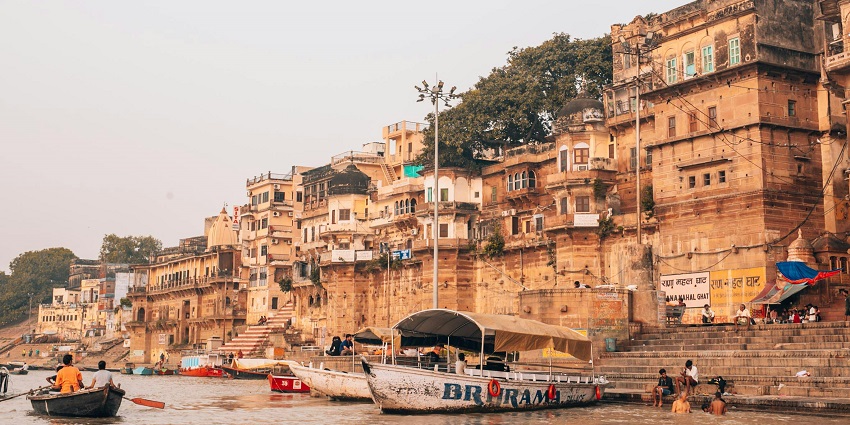
If you want to see Varanasi wake up, get on a boat before the first light. The city rises slowly. A lamp is lit here, a whispered prayer there. Mist sits low on the water. In the evening, during the Aarti, the river turns into a mirror for the flames on the ghats. Music drifts across the water. The same river and the same city feel like a different world in the morning.
5. The Cremation Ghats
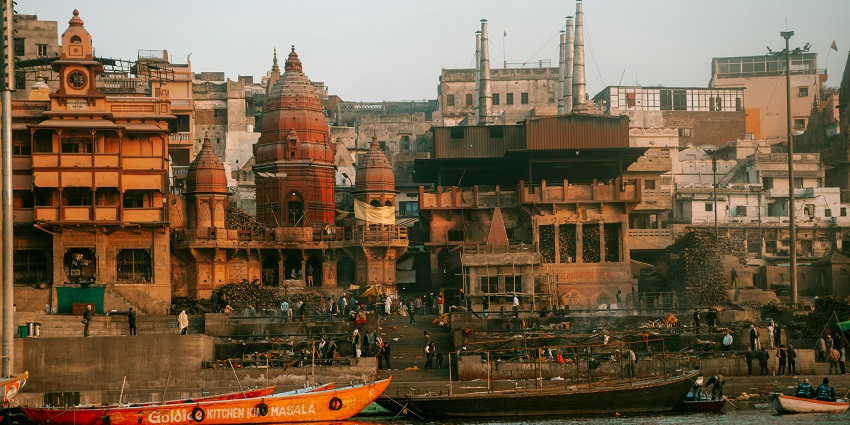
Photo: Stijn Dijkstra / Pexels
Manikarnika and Harishchandra Ghats are where life meets its end, at least in the physical sense. Here, open-air cremations take place all day. Families gather quietly. Fires burn steadily. It is not a place for spectacle. You stand at a distance, aware that this is a moment of faith and farewell. There is heaviness, but also a calm acceptance that stays with you long after you leave.
6. Banarasi Silk And The Weavers

Photo: Mike van Schoonderwalt / Pexels / Image For Representation Only
Varanasi’s silk saris shimmer in ways that photographs cannot capture. Gold or silver threads run through them, catching light as they move. Step into a small workshop in the old lanes and you hear the steady clack of looms. Weavers work with practised hands, setting each thread in place. A single sari can take many days to complete. The skill is passed quietly from parent to child, so the fabric carries more than just colour; it carries memory.
7. Music And Morning Ragas
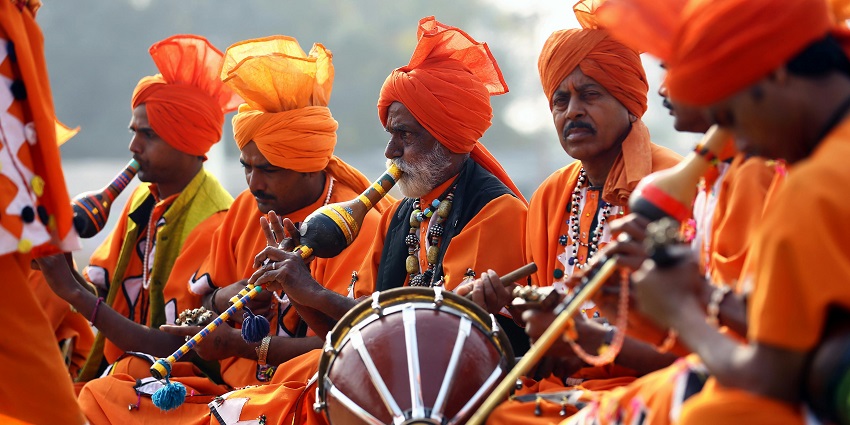
Photo: Nishant Aneja / Pexels / Image For Representation Only
Music here is part of the air. It is prayer, performance, and conversation all at once. In the early hours near Assi Ghat, you might hear a sitar playing in a courtyard. A flute’s clear notes may float over the water. On some mornings, a small group will gather, playing for no one in particular, and you feel lucky just to be passing by.
8. Food That Holds Tradition
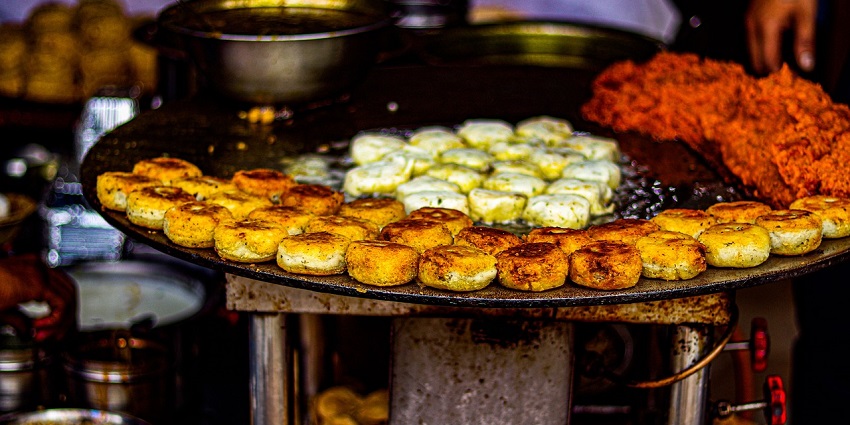
Photo: SwastikArora / Pixabay / Image For Representation Only
The food in Varanasi feels like it has been perfected over lifetimes. In the morning, kachoris filled with spiced lentils are served hot. At night, tamatar chaat bursts with flavour. In winter, malaiyo appears, airy, sweet, and gone in a moment on your tongue. Banarasi paan is not just something you eat; it is an unhurried ritual, folded and prepared as it has been for generations.
9. Sarnath: A Quiet Neighbour
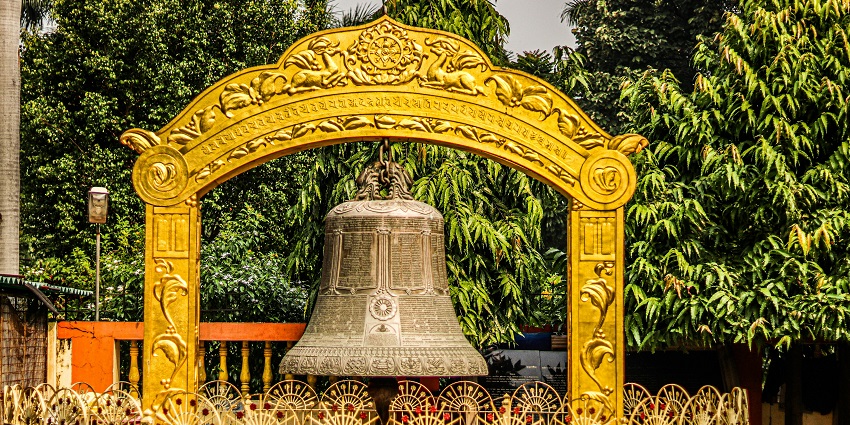
Ten kilometres away, Sarnath is a slower story. This is where Buddha gave his first sermon. The paths are wide, the grass open, and the wind light. Here, you can walk without a rush, sit beneath a tree near the Dhamek Stupa, or wander into the museum to see relics and sculptures. If Varanasi is life in full colour, Sarnath is the pause between breaths.
10. The Lanes And Their Stories
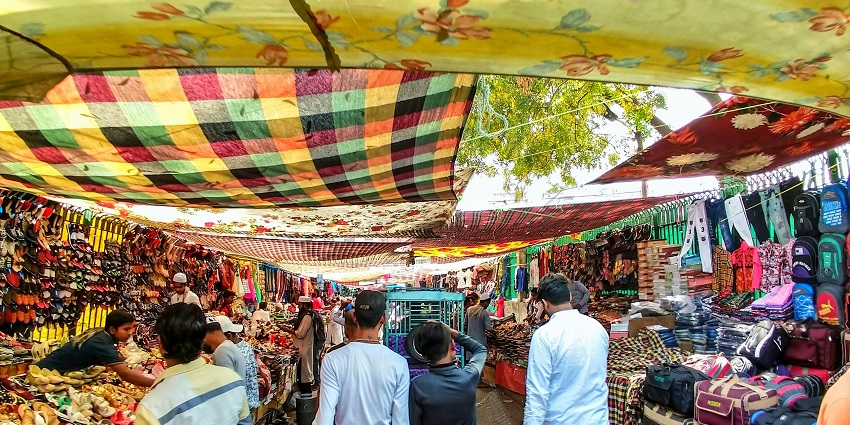
Photo: Aditya Sethia / Unsplash / Image For Representation Only
The lanes twist without warning. You turn a corner and find a shrine set into a wall, a cow resting in the shade, or a shopkeeper offering tea. Some streets are barely wide enough for two people to pass, yet they hold centuries of footsteps. Every bend seems to lead you back to the river. Every so often, you stumble upon something unexpected, perhaps a burst of flowers, a sudden chant, or a painted doorway that makes you stop and look twice.
What is Varanasi famous for? It’s the timeless spiritual energy, vibrant ghats, and rich cultural heritage that captivate every visitor. The city’s unique blend of history, rituals, and daily life creates an unforgettable experience. Whether you seek peace, culture, or adventure, Varanasi offers it all. Plan your trip today with TripXL to experience the magic and soul of this ancient city firsthand.
Cover Photo: Narin Chauhan / Pexels


 WhatsApp
WhatsApp
 Twitter
Twitter
